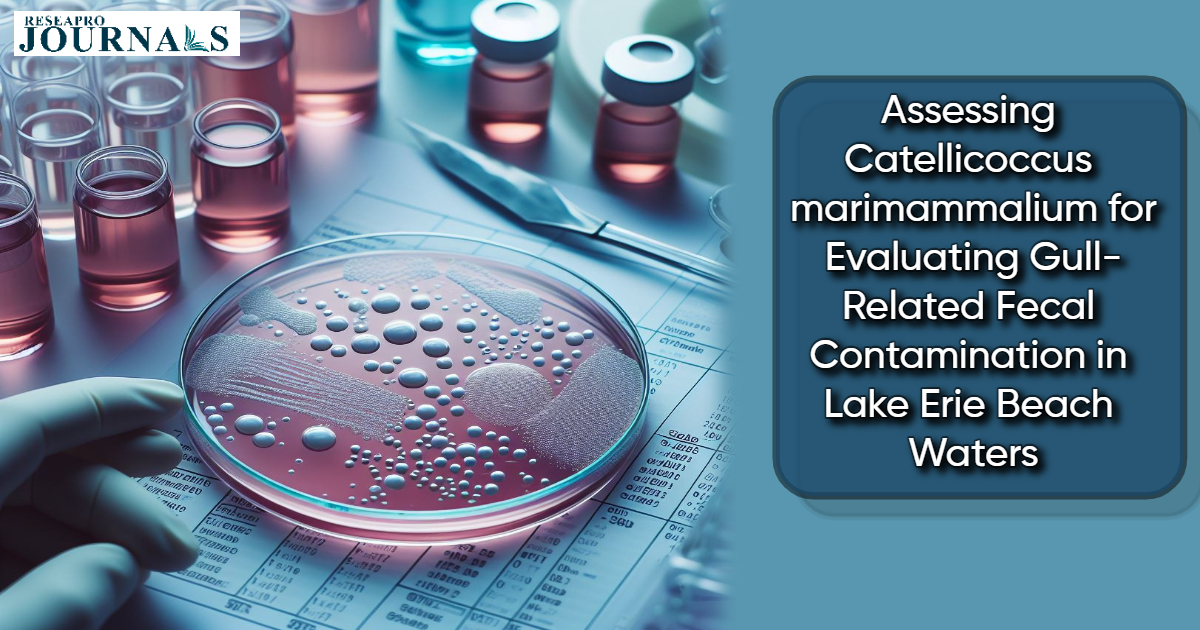|
Getting your Trinity Audio player ready...
|
Lake Erie’s recreational beaches face persistent fecal contamination, impacting water quality and public health. Villa Angela and Headlands beaches in Ohio attract numerous visitors but encounter advisories due to high fecal indicator levels, primarily from gull droppings. Traditional methods assessing gull-related contamination, like gull counts or droppings, prove inadequate due to gulls’ dynamic behavior and limitations in predicting water quality impacts. Thus, a novel, precise assessment method was sought. Catellicoccus marimammalium, prevalent in gull feces, prompted the development of a TaqMan®-MGB qPCR assay targeting its genes, offering high accuracy. However, the assay’s correlation with gull observations and other fecal markers in Lake Erie beaches remains unexplored. This study aimed to develop this qPCR assay and assess its efficacy by comparing results with beach surveys and fecal indicators, promising a more reliable assessment of gull-related fecal contamination in these waters




